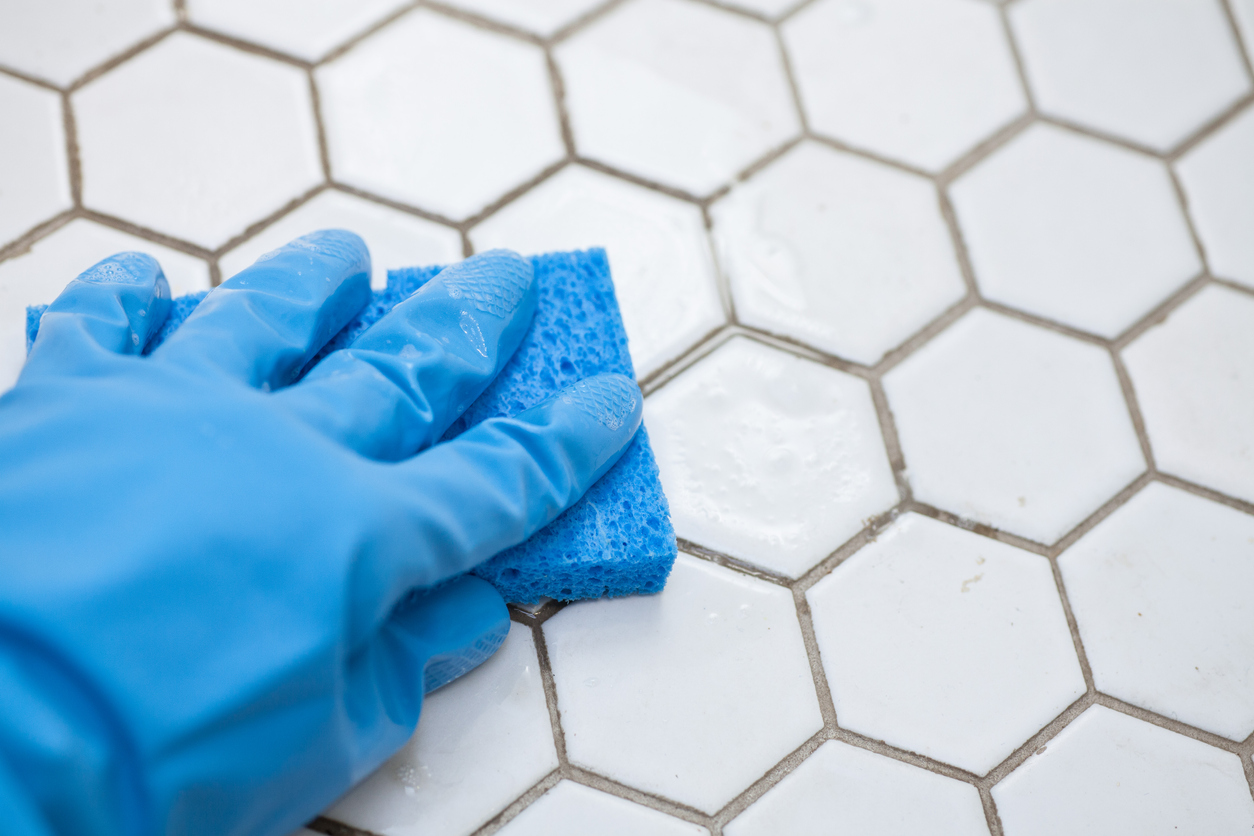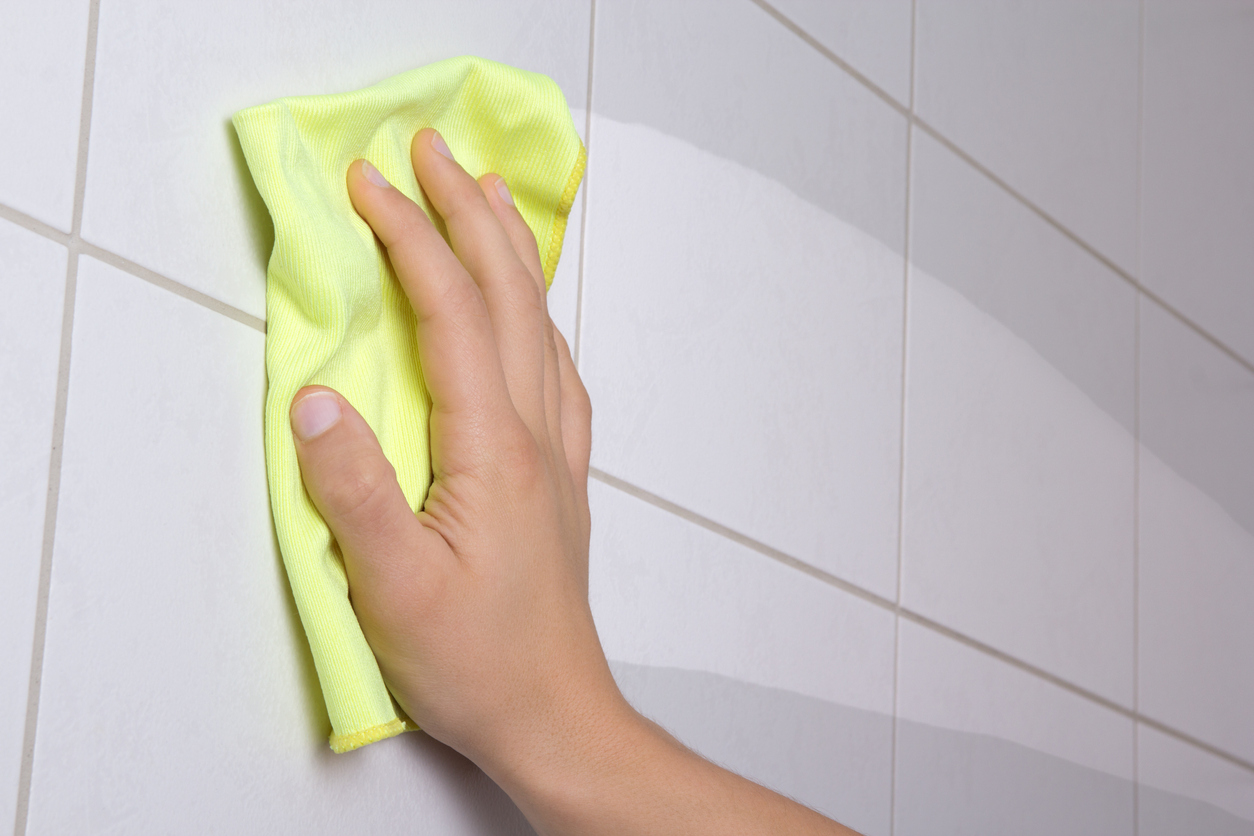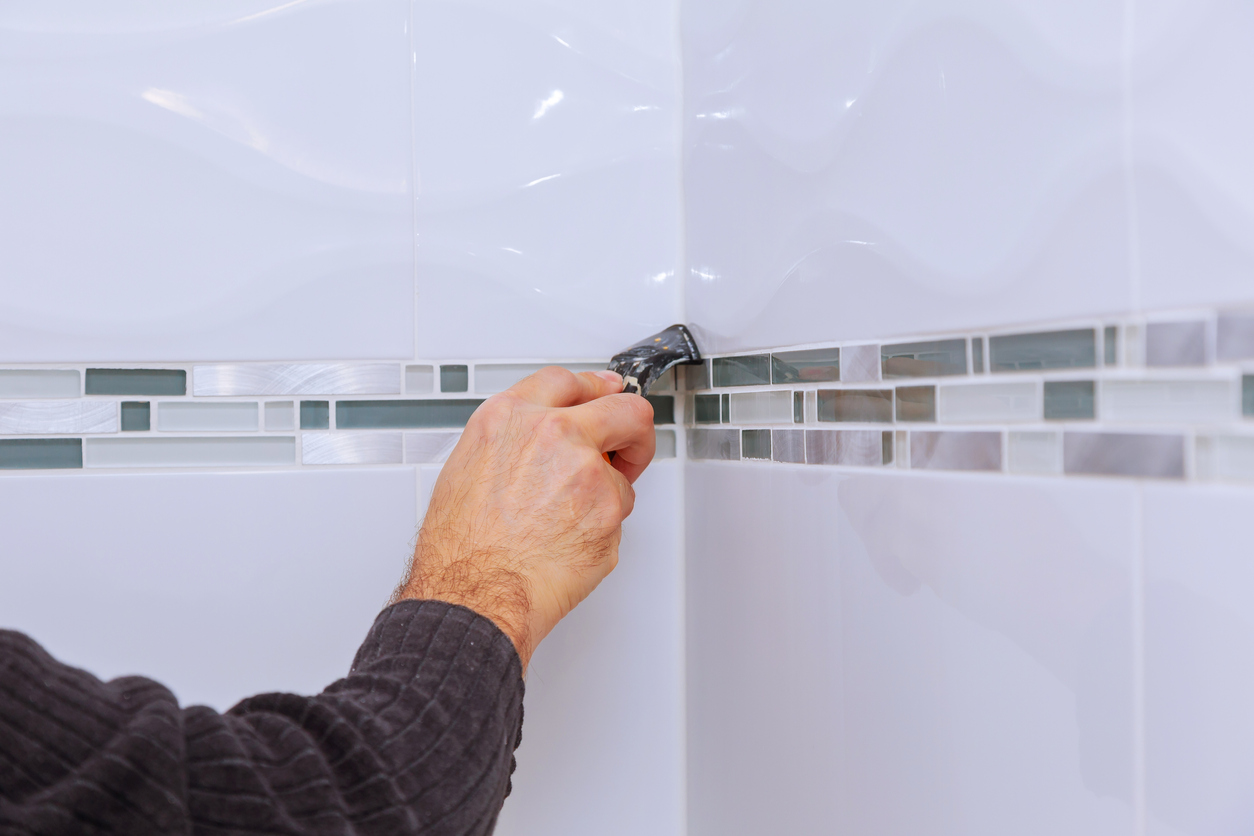Staying on top of their maintenance is crucial when you invest in high-quality discount tiles. Keeping on top of cleaning will not only ensure that your tiles continuously look great but maintaining them properly will also increase your tiles’ durability and make sure they have a longer life expectancy.
There are many factors to consider when it comes to tile cleaning, and staying on top of the tips and tricks can be challenging, especially if you have many different tiles around your home that require different maintenance.
So, we’re here to help by providing a complete guide to tile cleaning. We’ll be delving into how to clean different tile materials, which products are best, and when to undergo a deep clean, amongst other things.
Why Is Cleaning Your Tiles Important?
Regardless of which room your wall tiles or floor tiles are situated in, cleaning them and staying on top of maintenance is essential for several reasons, for example:
- Aesthetics. Clean tiles improve the look and feel of your home, and dirty or stained tiles can make a space look unkept or unattractive.
- Hygiene. High-traffic areas such as kitchens and bathrooms can become breeding grounds for bacteria and germs when not cleaned properly. So, regular cleaning helps to maintain a healthy environment.
- Prevention of damage. Certain substances, such as kitchen oil, can cause permanent damage to tiles if left untreated, so regular cleaning helps prevent this type of damage.
Overall, cleaning your tiles is important to maintaining a healthy, safe, and attractive living space.

How Often Should You Clean Your Tiles?
The frequency of tile cleaning depends on several factors, including the type of tile, the amount of traffic in the area, and personal preferences. To help you out, here are some general guidelines for tile cleaning frequency:
- Kitchen tiles should be cleaned at least once a week to remove grease, food residue, and other substances that can cause stains.
- Bathroom tiles should be cleaned at least once a week to remove soap scum, mildew, and other substances that can cause damage.
- Tiles in high-traffic areas, such as entryways, should be cleaned at least twice a week to remove dirt and debris.
- Tiles in low-traffic areas, such as cupboards and pantries, can be cleaned less frequently, typically every two to three weeks.
- Outdoor tiles should be cleaned seasonally or as needed, depending on the weather and amount of foot traffic.
- Grout should be cleaned at least once every six months to remove dirt, mildew, and other substances that can cause discolouration.
It’s important to remember that tile cleaning frequency can vary based on individual circumstances, so it’s always best to assess your specific needs and adjust your cleaning schedule accordingly.

Which Cleaning Products Work Best for Which Tiles?
The best cleaning products for tiles depend on the type of tile and the type of stain or dirt that needs to be removed. However, there are general rules of advice regarding tile cleaning; let’s take a look.
- Ceramic tiles and porcelain tiles are durable and easy to clean, so a mild detergent mixed with warm water is usually sufficient for removing dirt. Just make sure not to use abrasive cleaners or scouring pads, as this can scratch their surface.
- Marble effect tiles are more delicate and therefore require a pH-neutral cleaner to remove dirt and grime. Avoid using acidic cleaners on marble tiles, as this can cause damage to the surface.
- Although tough and durable, granite tiles require special care when cleaning to avoid causing damage. Choose a pH-neutral cleaner and warm water for the best results.
- When it comes to grout, you should opt for a special grout cleaner and warm water. Alternatively, choose a hydrogen peroxide solution and baking soda to remove dirt, grime, and oil.
Regardless of the tile material, it’s important to test any new cleaning product on a small, inconspicuous area before using it on the entire surface to make sure it doesn’t cause any damage. In addition, be sure to follow the manufacturer’s instructions for using any cleaning product, and if in doubt, contact us, and we can advise on our tile brands’ recommendations.

Certain Tile Colours and Materials That Need Special Attention
As mentioned, marble and granite tiles require special attention to avoid damaging their surface. Similarly, certain tile colours need additional maintenance steps to ensure they look great and remain safe and hygienic.
For example, light-coloured tiles, especially white and cream, tend to show dirt and stains more readily than darker-coloured tiles. This means they require more frequent cleaning and special attention when it comes to removing stains. To keep white and light tiles looking their best, make sure to wipe up any spills immediately to avoid staining, use mild cleaners and avoid scourers to prevent scratches.
Basic Tile Cleaning vs Deep Cleans
Basic tile cleaning, like we’ve discussed today, has a goal of keeping the tiles looking clean and presentable on a daily basis. However, a deep tile cleaning is a more thorough cleaning process that aims to remove deep-seated dirt, grime, and stains that regular cleaning cannot remove. A professional cleaning service typically does this, but you can do it yourself by purchasing or hiring specialist cleaning equipment, such as steam cleaners or pressure washers.
Deep cleans don’t need to be done regularly, but we recommend doing it once a year on average to restore your tiles to their original condition and make them look like new again. Also, if you’re moving home, we recommend deep cleaning any tiles before you leave and doing the same with tiles in your new home. This will help remove any potential build-up of dirt and grime and ensure your new home is as hygienic and safe as possible.



































Leave a comment
This site is protected by hCaptcha and the hCaptcha Privacy Policy and Terms of Service apply.